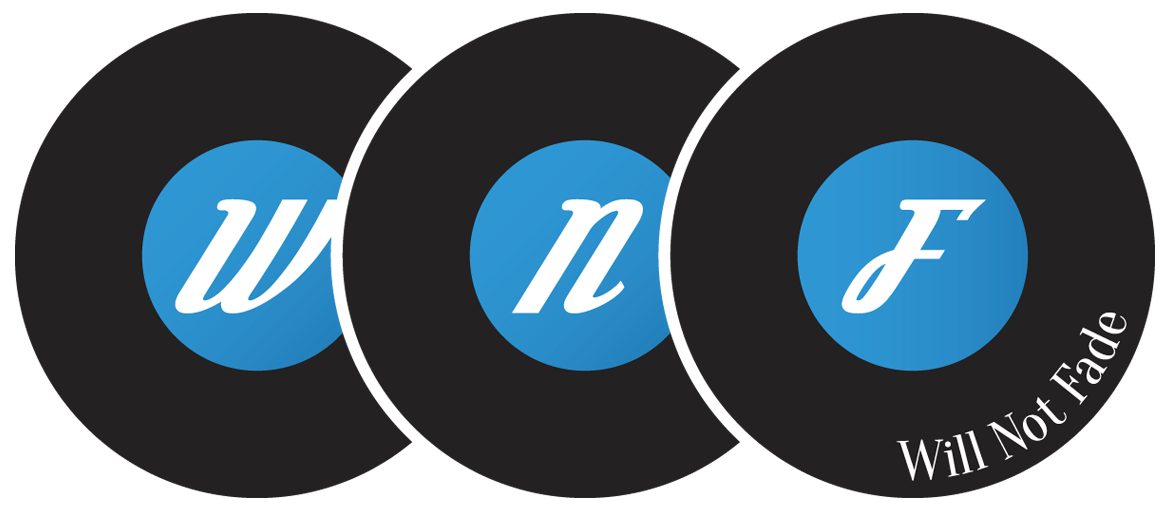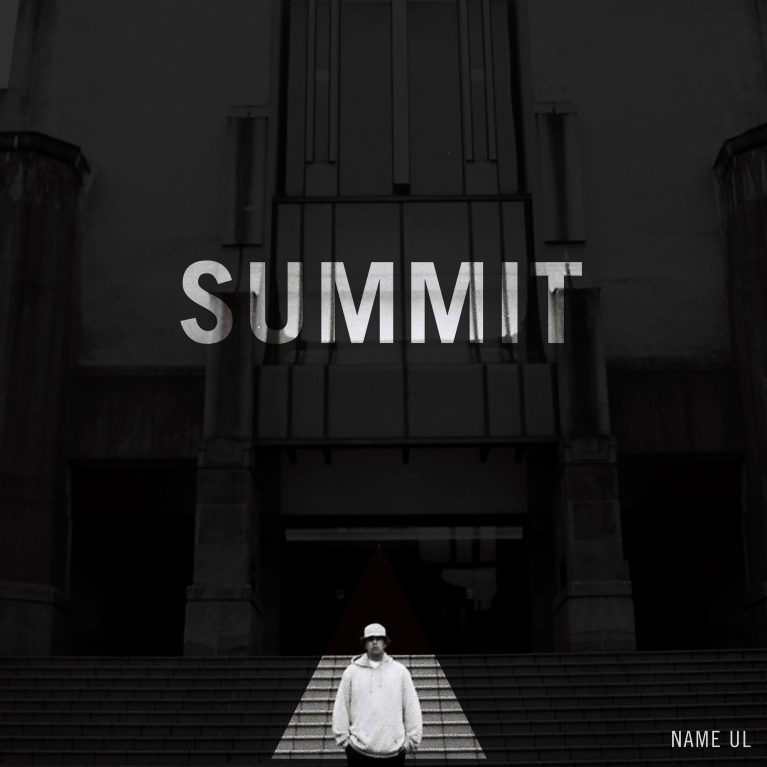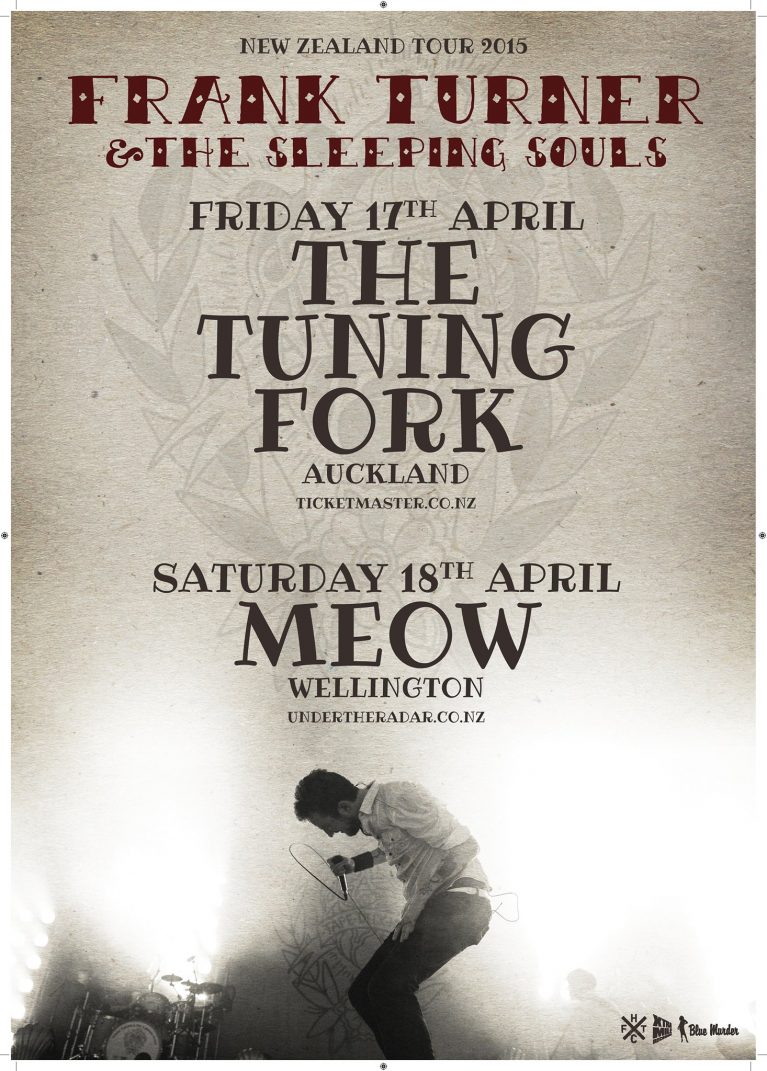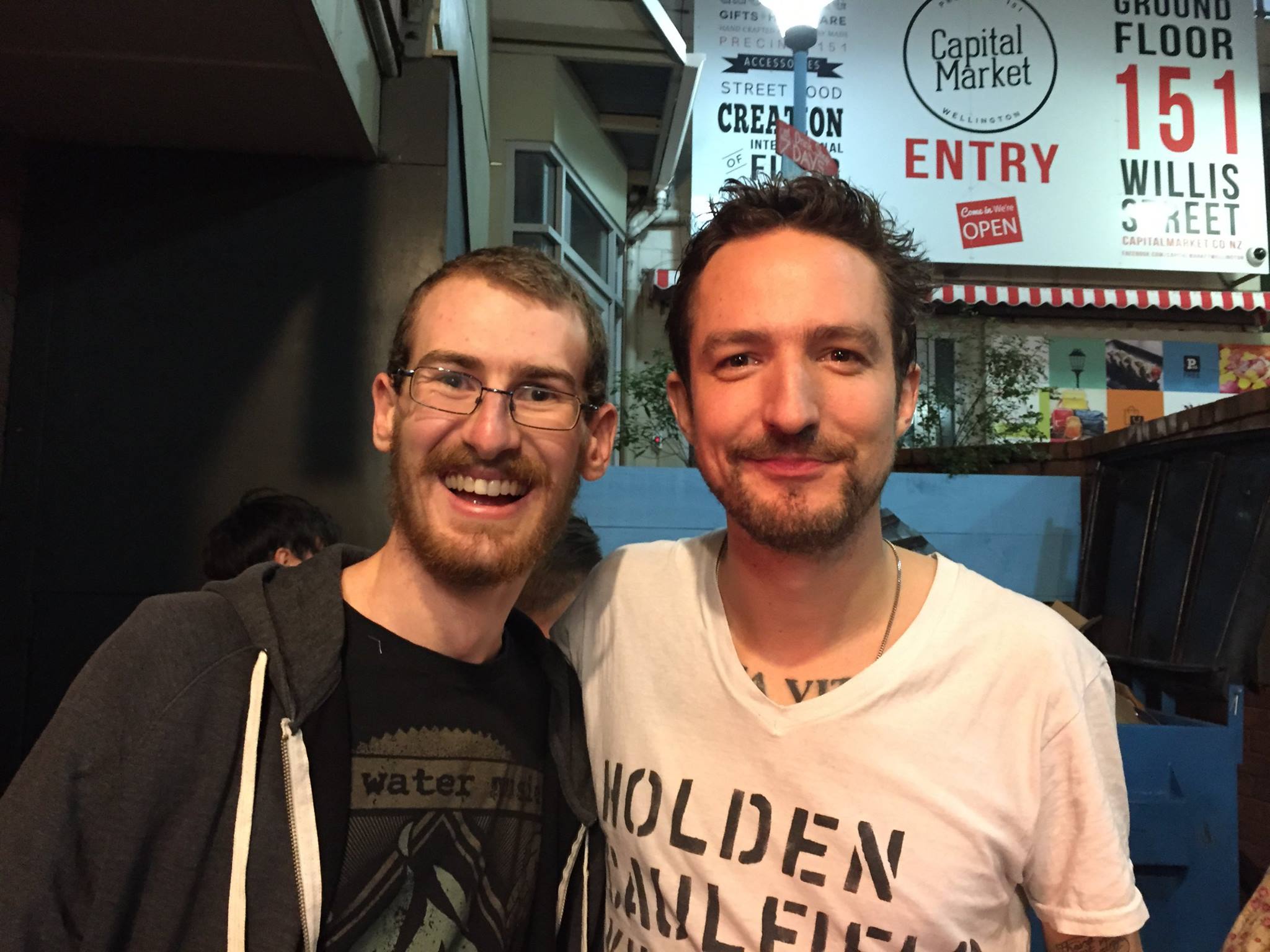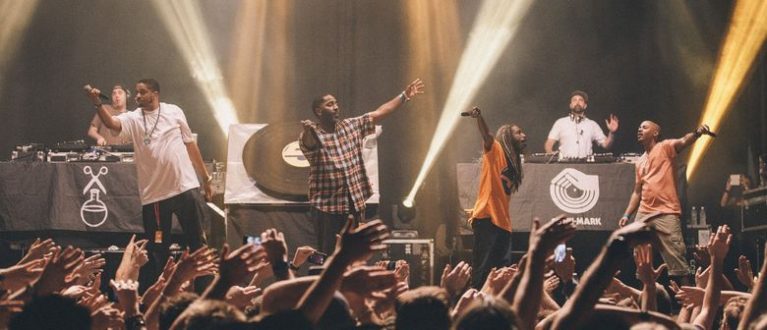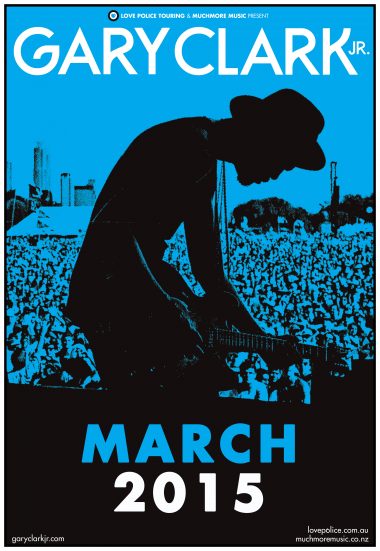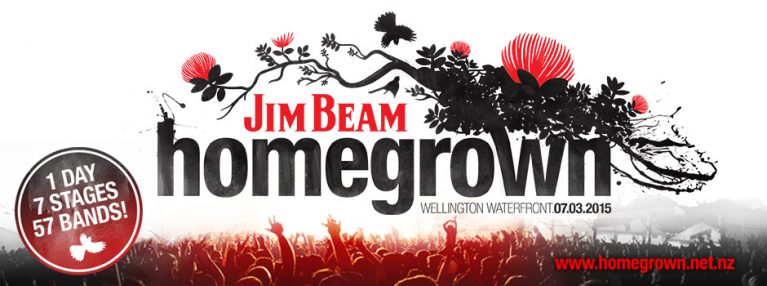Jim Beam Homegrown 2015
Featuring a selection of New Zealand bands across multiple stages
Wellington Waterfront
Sunday 8 March 2015
The lead up to Jim Beam Homegrown has been interesting to observe. Tickets sold out about a week ago, prompting a frenzy of online ticket on-selling. An influx of first-year university students had just come down from their collective O-week high and decided that the cure was to attend Homegrown, no matter what it costs (Thanks Studylink!). Tickets that had originally sold for $109+bf were fetching $250. One girl even paid $700 for two!
Then the weather hit. The festival was postponed from Saturday to Sunday in light of predicted hurricane strength winds. Most visitors from out-of-town had return travel booked for Sunday, so suddenly couldn’t make the event. On top of that were locals who for whatever reason couldn’t escape Sunday commitments. Cue another ticket frenzy, with people desperate to get whatever they could for tickets that they were unable to use. I’m sure that hundreds went unused. Ticketing agencies refused refunds, citing terms and conditions. A postponed event is different to a cancelled event, and they can’t help it if someone is unfortunate enough not to be able to make it.
As a consolation, Homegrown organised two shows at TSB Arena on Saturday for those who couldn’t attend on Sunday. There was an early afternoon rock show featuring Villany, I Am Giant, Devilskin and Blacklistt. A later evening show featured rapper David Dallas, dub-rockers Kora, rock heavyweights Shihad and drum and bass favourites Shapeshifter.
Out-of-towners could choose one of the Saturday shows to attend. Seeing only four bands may have felt like a raw deal, but it was better than nothing. Not enough people showed up though, so Homegrown organisers allowed local ticket holders to attend as well, to fill up the venue.
On Sunday morning the weather was stunning. Still, bright and warm: the perfect recipe to ensure that thousands of drunken concertgoers get their generous dose of sunburn. There was no evidence to indicate the lightning, floods and gale winds of the previous day. The Wellington waterfront was already alive with activity due to the weekly vege markets, and steadily got busier as punters arrived for the festival. Lining up to swap tickets for wristbands was surprisingly painless. No half hour queues like I’d seen in previous years.
Silence The City
The first band I saw was Silence The City on the rock stage in TSB Arena. The day was still young so there wasn’t much of a crowd gathered in front of the stage. They played a short set of alt rock, complete with blinding strobe flashes at regular intervals. A few songs have got airtime on the radio recently and the crowd reacted well to those, along with a cover of Ellie Goulding’s “Burn”, that was quite different to last time I’d seen it played.
It seems that most shows have a standout member of the audience (like Amelia, the blonde girl at Dragonforce a few weeks ago). Well the star of the day at Homegrown was the bare-chested dancer at the rock stage. He was a bearded man with long hair and an open denim shirt who was tearing up the dance floor as if he owned it. He was effortlessly elegant and graceful as he strutted and twirled. The way he moved his feet was especially impressive, seeing as how the floor was so disgustingly sticky from all the spilled drinks the night before. I found myself spending more time watching his dancing than watching the band.I’d seen this same man at Westfest the previous week, dressed and dancing exactly the same during Soundgarden’s set.
Black River Drive
I like Black River Drive but I haven’t really followed them since I saw them about five years ago, when they were promoting Perfect Flaws. They have a nice light rock sound that still retains an edge. I noticed that they have a new drummer now, but still sound largely the same. It made for nice listening as I watched our nameless dancer friend boogie his day away at the back of the arena. BRD also get bonus points for having a bubble machine onstage.

Black River Drive. Image: Bradley Garner Photography.
Nothing scheduled for the next few hours was of interest, so my friends and I took some time to rest up for the night ahead. We bought some ice creams that melted almost instantly in the heat, and made sure to drink plenty of water.
David Dallas
Come 7pm I made my one foray away from the rock stage to the Pop and R&B stage for South Auckland rapper David Dallas. It certainly was a different crowd. Gone were the seas of black band t-shirts and heavily tattooed limbs, although there were plenty of #makehistory temporary tattoos that the Jim Beam girls had given out all day.
Dallas’s band, The Daylight Robbery, were absent due to Homegrown having been postponed. But this didn’t stop Dallas delivering a hit-heavy set. With a DJ manning the backing tracks, Dallas and long time collaborator Jordache tag teamed and performed songs from throughout Dallas’s entire career. If anything, losing his band let Dallas mix things up more. Sid Diamond joined him onstage for “Southside”, followed by another guest spot from PNC. Dallas was right at home onstage and he knew it. He smiled coyly and beckoned for more applause. He rapped a few pre-intro verses before finishing his set with “Runnin'”. It’s true: Not many can rock a show like this.
After wolfing down a burger and a punnet of chips we ventured back to the rock stage for rest of the night.

Blacklistt. Image: Bradley Garner Photography.
Blacklistt
Front-man Damien Alexander started off the set with a vicious rap, before Blacklistt gave their typically aggressive performance for the hard rock fans. They played to please, from the Blindspott stuff that we all wanted to hear to the newer Blacklistt songs that became the next step for the band. The reality is that Blindspott/Blacklistt are one and the same, save for legal dramas. Both have the syncopated beats, the pent-up anger, the DJ scratches, the high-pitched guitars, the reggae ballads… all those aspects that make up the overall sound. One interesting moment was when a chant started up between songs mid set, with half the crowd shouting “Blacklistt”, and the others chanting “Blindspott”. Without being formulaic, the show was everything I’ve come to expect from the band – no matter what you choose to call them.

Shihad. Image: Bradley Garner Photography.
Shihad
I first saw Shihad play in 2008, at the first Homegrown festival when I was 16. Tonight was the twelfth time watching them play. And there’s a reason I keep coming back.
Shihad are rock legends, veterans of the stage who have played together for longer than I’ve been alive. They play every show with such energy that the audience can’t help but become infected by it. The way that front-man Jon Toogood punches the air with such force, and keeps the roadies panicking by climbing atop the speakers side of stage. The way the Karl Kippenberger plucks those bass strings in a way that you can’t help but move to. They way that Tom Larkin pummels those tight tribal patterns out of the drum skins. And although Phil Knight is the least showy, his guitar playing is vital for filling out the band’s sound. When the four of them play Wellington together, they make sure every time that it’s a homecoming to remember.
I actually watched Shihad play the same set the night beforehand. A large majority of the songs played were from the latest album FVEY, with their throbbing beats and abrasive riffs. Four were from The General Electric. The one hiccup was that Knights guitar sounded like it was tuned differently for “Home Again” on the Saturday night, something that was quickly remedied just after the bridge. I think this is the sign of a great live band, that I’d be more than happy to watch the same show two nights running, and not feel bored.

The set that Shihad played both nights. They also played the song “Pacifier” for the encore on Sunday.
When I was a teenager my friends and I would road trip from our hometown of Nelson up to Wellington to attend Homegrown each year. After seven years I’ve already seen most of the bands on the lineup that I’m interested in multiple times. Even so, it still always proves to be a lot of fun. It’s easier now that I live in Wellington, and the lineup never varies much, but I can see myself happily attending more Homegrown festivals in years to come.
Joseph James
